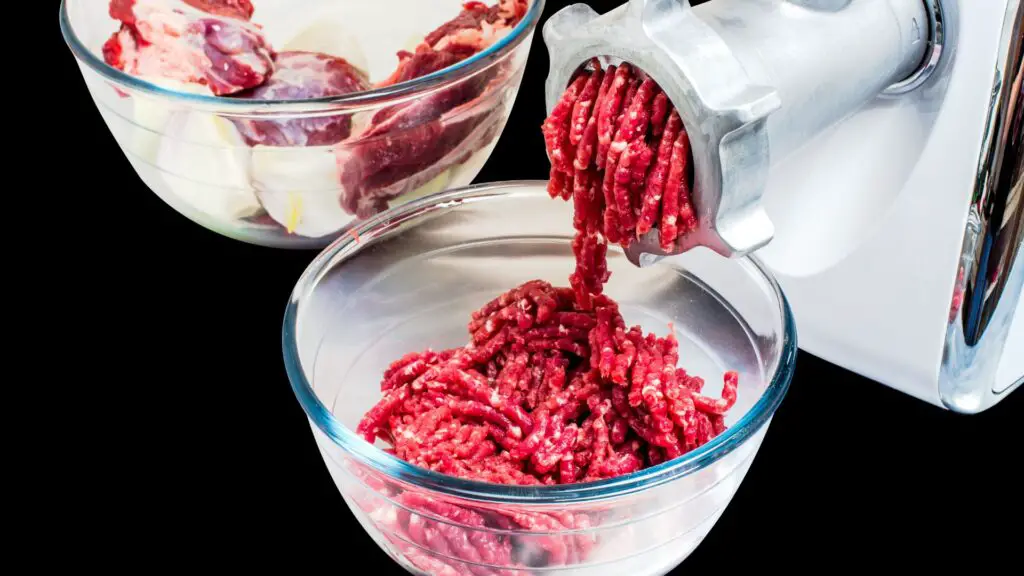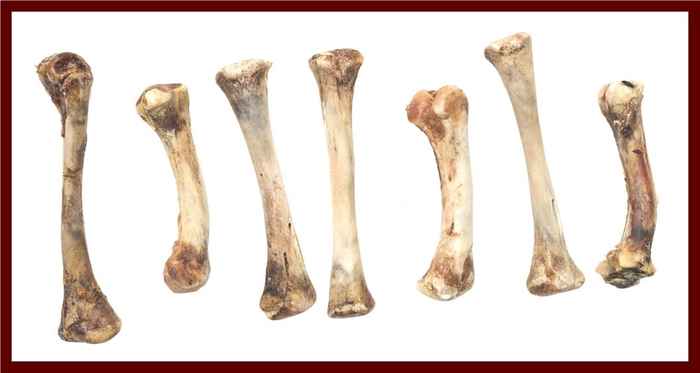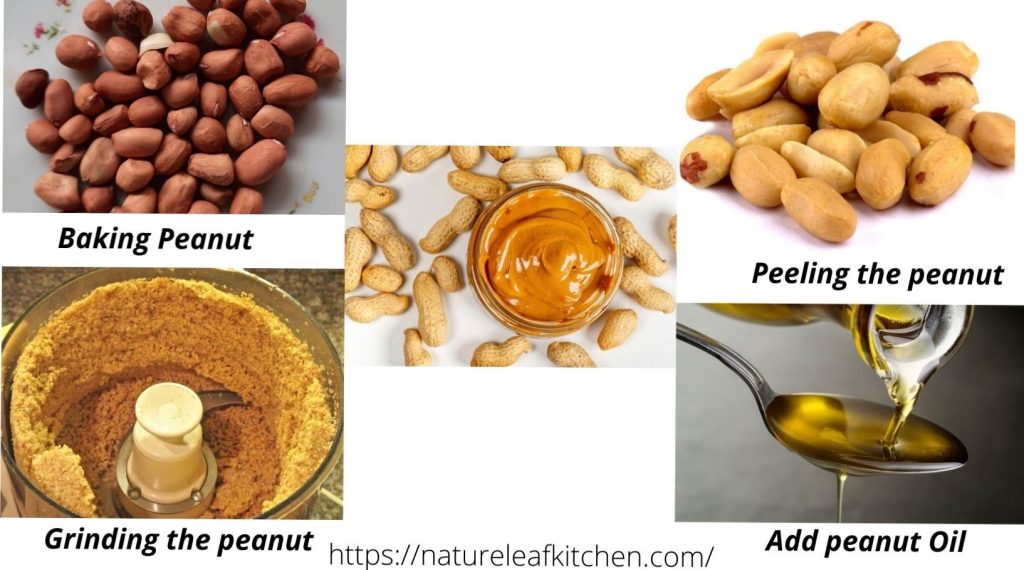When it comes to grinding meat, there’s a world of possibilities waiting to be explored. Did you know that certain meats are particularly well-suited for grinding? Take beef chuck, for example. This flavorful cut of meat comes from the shoulder region of the cow and contains a good amount of fat, making it perfect for grinding into juicy and succulent burgers. It’s a versatile choice that can also be used to make meatballs, sausages, and even chili.
Aside from beef chuck, pork shoulder is another fantastic option for grinding. Known as the “Boston butt,” this cut is rich in marbling, which means it’s packed with flavor and creates a moist and tender texture when ground. In addition to making delicious pulled pork, using pork shoulder for grinding allows you to create delectable sausages and meat patties. Both beef chuck and pork shoulder offer exceptional taste and texture, guaranteeing a memorable dining experience.
When it comes to grinding meat, certain cuts are better than others. The ideal meats for grinding include beef chuck, pork shoulder, and chicken thighs. These cuts have a good amount of fat and connective tissue, which creates juicy and flavorful ground meat. It’s best to choose cuts with a balance of lean meat and fat for the best results. Remember to keep the meat well-chilled before grinding for optimum texture and safety.

What Meat is Good for Grinding?
When it comes to grinding meat, not all cuts are created equal. Some meats are better suited for grinding due to their texture, fat content, and overall flavor. In this article, we will explore the different types of meat that are ideal for grinding, as well as the benefits of using these cuts for various dishes.
Beef
Beef is one of the most popular meats for grinding, primarily due to its versatility and rich flavor.
When choosing beef for grinding, it’s important to select cuts that have a good balance of lean meat and fat. Chuck roast, brisket, and sirloin are all excellent options for grinding as they have enough fat marbling to ensure a juicy and flavorful result.
Ground beef made from these cuts is perfect for burgers, meatballs, and hearty meat sauces.
Another popular choice is the round steak, which is leaner than chuck but still produces excellent ground beef.
If you prefer a leaner option, round steak is a great choice, especially when combined with a fattier cut to maintain moisture and flavor.
When grinding beef, it’s important to choose cuts with good marbling as this helps keep the meat moist during cooking. Additionally, opting for grass-fed beef can result in a leaner grind with a slightly different flavor profile.
Pork
Pork is another meat that works well for grinding. It offers a slightly different flavor compared to beef and can be used in a variety of dishes. When selecting pork for grinding, it’s best to choose cuts with a good fat-to-lean ratio.
Fatty cuts such as pork shoulder or Boston butt are great options for ground pork. They provide the perfect combination of lean meat and fat, resulting in a moist and flavorful grind. Ground pork is commonly used in sausages, meatloaf, and as a filling for dumplings.
Chicken and Turkey
Chicken and turkey are leaner meats, but they can still be ground to create delicious and versatile dishes. Ground poultry is a healthier alternative to red meat and is often used in recipes that call for a lighter flavor profile.
When grinding chicken or turkey, it’s important to use skinless and boneless cuts for a consistent texture. Lean ground poultry can be used in burgers, meatballs, tacos, or as a substitute for ground beef or pork in various recipes.
Lamb
Lamb is a flavorful meat that can be used for grinding to add a unique taste to your dishes. The shoulder is a popular cut for grinding as it provides a good balance of lean meat and fat. Ground lamb can be used in various recipes, including meatballs, burgers, and Mediterranean-inspired dishes.
Veal
Veal, which comes from young calves, is known for its tenderness and delicate flavor. Ground veal is commonly used in Italian cuisine, particularly in dishes such as meatballs and Bolognese sauce. Veal shoulder or shoulder chops are ideal cuts for grinding.
What cut of Beef is best for Grinding?
The best cuts of beef for grinding are those that combine a good ratio of meat to fat, resulting in a flavorful and moist ground beef. Here are some popular cuts that are commonly used for grinding:
Chuck:
Chuck is a well-marbled cut that comes from the shoulder area of the cow. It contains a good balance of meat and fat, making it a popular choice for ground beef. Ground chuck is often labeled with its fat content, such as 80/20 or 85/15, indicating the percentage of lean meat to fat.
Sirloin:
Sirloin is a leaner cut that comes from the hip area. While it has less fat than chuck, it still provides a decent flavor. Some people prefer to mix sirloin with fattier cuts or add additional fat during grinding to enhance juiciness.
Round:
Round is a lean cut that comes from the hindquarters of the cow. It has less fat compared to chuck, so it’s often combined with fattier cuts to achieve the desired fat content for ground beef. The round can produce leaner ground beef if that’s what you prefer.
Brisket:
Brisket is a flavorful and well-marbled cut that comes from the chest area. It’s often used for barbecue, but its rich flavor makes it a great choice for grinding as well. Adding brisket to leaner cuts can enhance the overall taste of the ground beef.
Short Rib:
Short ribs are known for their rich, beefy flavor and generous marbling. Grinding short ribs can result in a flavorful and juicy ground beef. It’s a great option for those who appreciate a more indulgent taste.
Blend of Cuts:
Many butchers and home cooks prefer to create a custom blend by combining different cuts to achieve the desired meat-to-fat ratio and flavor profile. This allows for greater flexibility and control over the final product.
When choosing a cut for grinding, consider the fat content, your preference for lean or more flavorful ground beef, and how you plan to use the ground meat. Experimenting with different cuts or blends can help you find the perfect combination for your specific culinary needs.
Benefits of Grinding Meat

Grinding meat offers several benefits, aside from the ability to customize the texture and fat content of your ground meat. Here are some advantages of grinding your meat:
-
Control over ingredients: By grinding your meat, you have complete control over the quality and types of ingredients used. This is especially beneficial if you prefer organic or locally sourced meat.
-
Fresher meat: Grinding your meat right before cooking ensures a fresher taste compared to pre-packaged ground meat, which may have been sitting on the shelf for some time.
-
Custom blends: Grinding your meat allows you to experiment with different cuts and create custom blends to suit your taste preferences. You can add unique flavors and spices to enhance the overall taste of your dishes.
-
Hygiene and safety: When grinding meat at home, you can ensure proper hygiene and food safety practices, reducing the risk of contamination.
Incorporating Ground Meat into Recipes
Now that we’ve explored the different types of meat that are good for grinding, let’s discuss some popular recipes that incorporate ground meat:
Recipe Description Burger The classic American dish, made with ground beef or a blend of meats, cooked to perfection on a grill or stovetop. Meatballs Tender and flavorful balls of ground meat are often served in tomato sauce or as an appetizer. Tacos Ground meat seasoned with spices and served in a tortilla with various toppings such as lettuce, cheese, and salsa. Meatloaf A baked dish made with ground meat, breadcrumbs, eggs, and seasonings, often topped with a savory glaze. Bolognese Sauce A rich and hearty Italian meat sauce made with ground meat, onions, tomatoes, and herbs.
What Type of Meat Should You Grind?

Choosing the right meat for grinding depends on your personal preferences and the specific dish you intend to make. Some factors to consider include the fat content, flavor profile, and texture of the meat. Experimenting with different cuts and blends can help you discover your favorite combinations.
Grinding meat offers versatility in the kitchen, allowing you to create ground meat from various types of meat. Beef is a popular choice, and cuts like chuck, sirloin, round, and brisket are commonly ground to produce flavorful ground beef. Pork, with cuts such as pork shoulder and pork belly, is another excellent option, yielding succulent ground pork for sausages or meatballs.
Ground chicken, a leaner alternative, serves well in recipes like burgers and casseroles, while ground turkey provides a lighter option with lower fat content. Lamb can be ground to create rich and flavorful meat for various dishes. The choice of meat for grinding depends on your taste preferences, desired fat content, and the specific recipe you’re preparing.
Key Takeaways: What Meat is Good for Grinding
-
Lean cuts of beef, such as sirloin or chuck, are excellent choices for grinding.
-
Pork shoulder or butt is commonly used for ground pork, as it has a good balance of fat and lean meat.
-
Chicken and turkey can also be ground, but make sure to use thigh or leg meat for juicier results.
-
Lamb or veal can be ground for a unique flavor profile in dishes like meatballs or burgers.
-
A combination of different meats, like beef and pork, can create a well-rounded flavor and texture for ground meat dishes.
Frequently Asked Questions
When it comes to grinding meat, choosing the right type of meat is crucial for optimum results. Here are some commonly asked questions about what meat is good for grinding, along with detailed answers.
1. Can any type of meat be ground?
Not all types of meat are suitable for grinding. The best meats for grinding are those with a good balance of fat and lean meat. This helps to create a flavorful and moist ground meat. Some common types of meat that are good for grinding include:
– Beef: Chuck, sirloin, or round cuts are excellent options.
– Pork: Shoulder or butt cuts are ideal choices.
– Lamb: Shoulder or leg cuts work well.
These meats have the right amount of fat content, which contributes to the texture and flavor of the ground meat. Lean meats like chicken breast or turkey breast are not recommended for grinding as they tend to produce a dry and less flavorful result.
2. Can I mix different types of meat for grinding?
Absolutely! Mixing different types of meat for grinding can add complexity and depth of flavor to the ground meat. It’s common to see ground beef blends such as a combination of chuck and sirloin. Similarly, a mix of pork shoulder and beef chuck can be used for delicious meatballs or burgers.
Experimenting with different meat combinations can result in unique and tasty dishes. Just make sure to consider the fat content and texture of each meat when blending them.
3. What is the ideal fat-to-lean ratio for ground meat?
The ideal fat-to-lean ratio for ground meat depends on personal preference and the dish you’re preparing. Generally, a ratio of 80% lean meat and 20% fat provides a good balance of flavor and juiciness. This ratio is commonly used for dishes like burgers and meatballs.
However, some recipes may call for a higher fat content for added richness and flavor. For example, sausages often require a higher fat-to-lean ratio to achieve the desired texture and taste. It’s best to follow a recipe or consult a professional butcher for specific recommendations.
4. Should the meat be partially frozen before grinding?
Yes, partially freezing the meat before grinding is recommended. The cold temperature helps the meat to firm up, making it easier to grind uniformly. It also reduces the risk of overworking the meat, which can result in a tough texture.
For best results, place the meat in the freezer for about 30 minutes to an hour until it is firm but not completely frozen. This will make the grinding process smoother and ensure a consistent ground meat texture.
5. Can ground meat be stored for later use?
Yes, ground meat can be stored for later use. It’s important to handle and store ground meat properly to maintain its quality and prevent foodborne illnesses.
Here are some guidelines for storing ground meat:
– Use or freeze ground meat within 1 to 2 days of purchase or grinding.
– If storing in the refrigerator, place it in an airtight container or wrap it tightly in plastic wrap to prevent exposure to air.
– To freeze ground meat, divide it into portions and place each portion in a freezer-safe bag or container. Label and date the packages for easy identification.
When ready to use the frozen ground meat, thaw it in the refrigerator overnight or use the defrost function on a microwave if needed. Make sure to cook ground meat thoroughly before consuming it.
Science: For the Best Burgers, Don’t Buy Ground Beef—See Why It’s Best to Grind Meat Yourself!
When it comes to grinding meat, certain types of meat work better than others.
Lean cuts of beef like sirloin, chuck, or round are ideal for grinding as they have a good balance of fat and muscle.
For pork, shoulder or butt are recommended due to their fatty content, which adds flavor and moistness.
Chicken and turkey, especially thighs and drumsticks, can also be ground but should be handled with care as they have lower fat content.
Lastly, veal and lamb cuts are suitable for grinding, although they may have a milder taste compared to other meats.
Overall, choosing the right meat for grinding ensures a tasty and succulent result.




